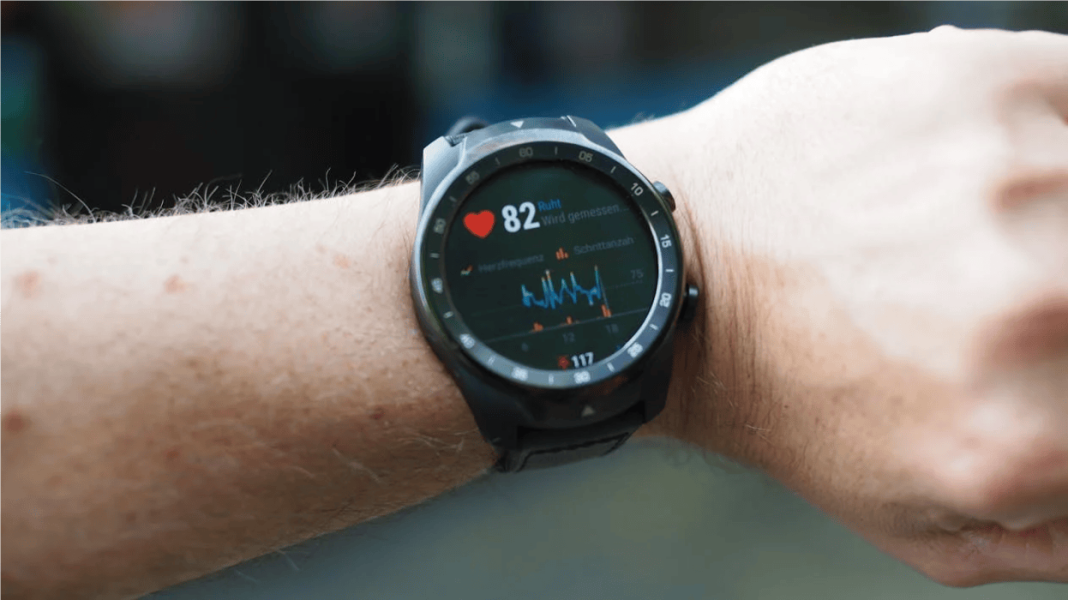When it comes to pursuing health and beauty, jogging is undoubtedly a popular choice for many people. It is simple and easy, requiring no special equipment or location, yet it can bring significant weight loss effects. However, to successfully lose weight through jogging, mastering the appropriate cadence and heart rate is crucial.
First, let’s talk about cadence. Generally, the ideal cadence for weight loss jogging is around 180 steps per minute. This cadence is considered to be an efficient running rhythm that can help you move forward more steadily during jogging, reducing the risk of injury. When your cadence reaches 180 steps per minute, your body’s movement rhythm becomes more coordinated, with relatively shorter strides, thereby reducing the impact on the joints. At the same time, a higher cadence can prompt the body to enter the exercise state more quickly, increase the metabolic rate, and accelerate fat burning.
Maintaining a cadence of 180 steps per minute is not achieved overnight; it requires gradual adaptation through continuous practice. You can consciously increase your footstep frequency at the beginning of jogging and gradually raise it to the target cadence. You can use running apps or sports watches to monitor your cadence for timely adjustments.
Next, let’s discuss heart rate. For weight loss purposes, maintaining an appropriate heart rate range can allow your body to effectively burn fat during exercise without becoming overly fatigued. Generally, the heart rate for weight loss jogging should be kept between 60% and 70% of the maximum heart rate. The maximum heart rate can be calculated by subtracting your age from 220.
For example, if you are 30 years old, your maximum heart rate is 220-30=190. Therefore, the suitable heart rate range for weight loss jogging would be between 190×60% = 114 and 190×70% = 133. Running within this heart rate range allows the body to mainly use fat as an energy source, effectively consuming fat.
To ensure the appropriate heart rate during jogging, you can wear heart rate monitoring devices such as sports wristbands or chest straps. Adjust the running speed and intensity based on changes in heart rate during jogging. If the heart rate is too high, you can slow down the speed to bring it down; if the heart rate is too low, you can increase the speed or incline of your jogging.
In addition, when engaging in jogging for weight loss, several points should be noted. Firstly, maintain regular and consistent exercise in the long term. Weight loss is not achieved overnight and requires continuous effort and perseverance. Jog at least three times a week for over 30 minutes each time to achieve better weight loss results.
Secondly, pay attention to diet. Control your diet reasonably, reduce the intake of high-calorie, high-fat foods, and increase the consumption of vegetables, fruits, and proteins to enhance the weight loss effect. Thirdly, warm up and stretch properly. Engage in appropriate warm-up exercises before jogging to reduce the risk of injury; after jogging, perform stretching exercises to alleviate muscle soreness and maintain muscle flexibility.
By mastering the appropriate cadence and heart rate, combined with regular and consistent exercise, a balanced diet, and good warm-up and stretching habits, jogging will become a powerful weapon on your weight loss journey. Let’s take the right steps and run in the correct way on the path to weight loss, welcoming a healthier and more beautiful self.


